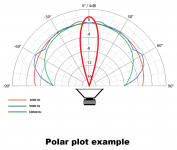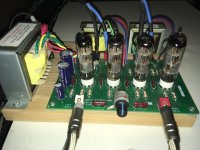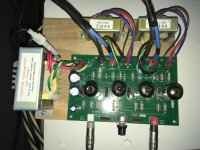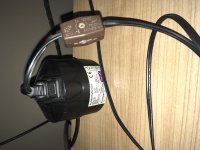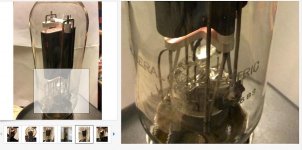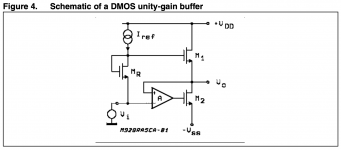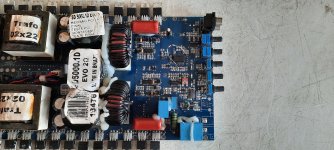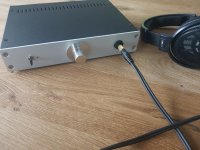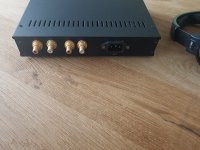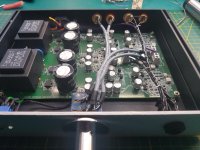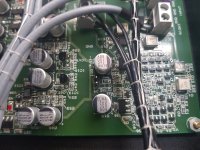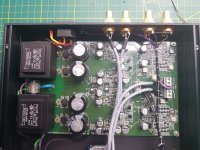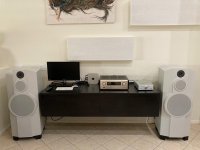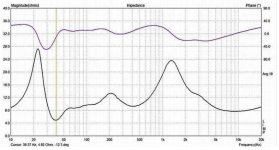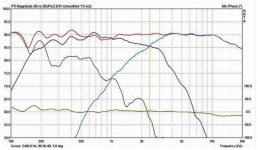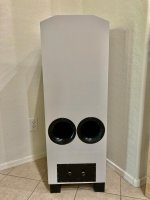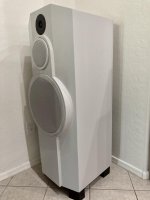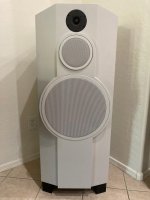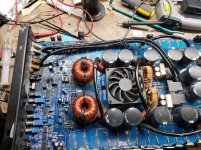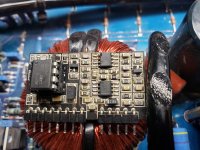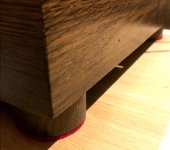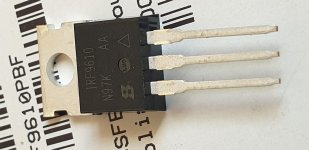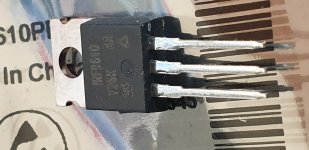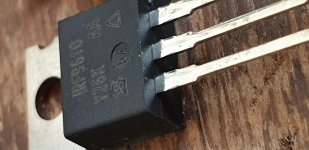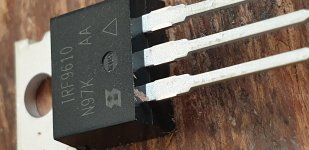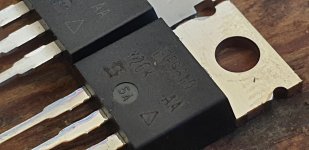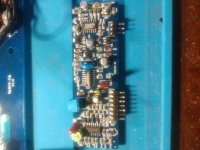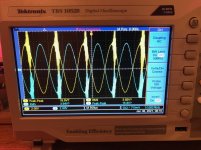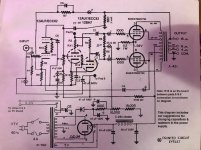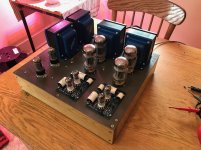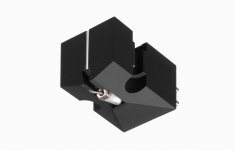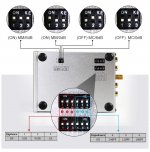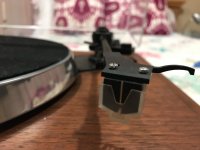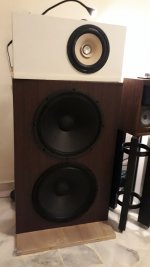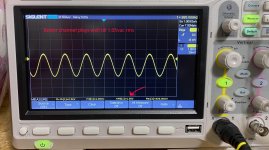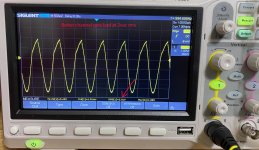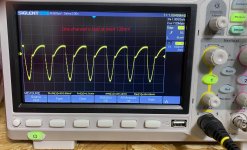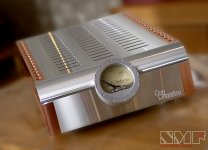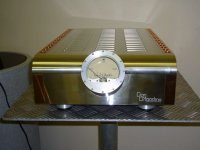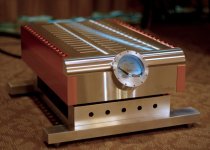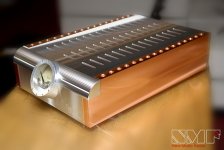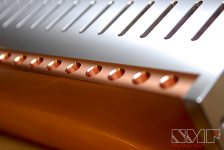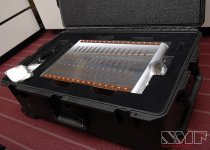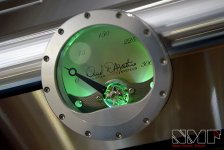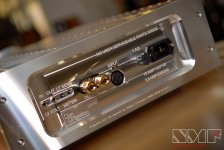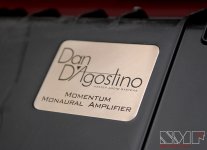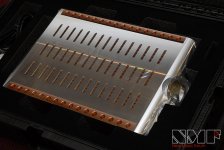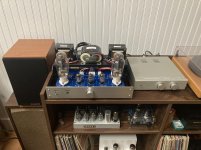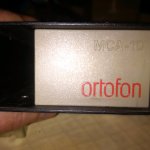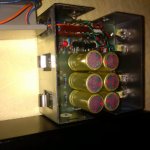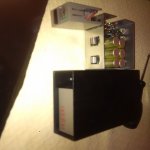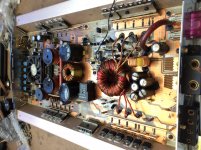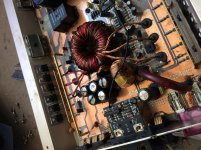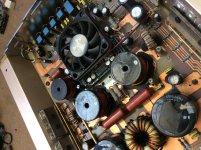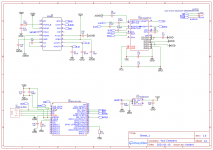I found a pair of RCA 40-5003 speakers in a thrift store. These are “big brothers” to the well known Minimus 7, I think they were also known as the PRO-X55AV. I’m not sure if they’re the same as the Minimum 77. From the research I could do in the thrift store, they have a 5 ¼ inch woofer in a vented enclosure and use the same tweeter as the Minimus 7 so I assumed I could use the Zilch crossover with them. The cabinets had a few marks but weren’t too bad, and peering into the grille it looked like the foam surrounds were intact (more on that later). They were asking $10, with my senior discount they were $8.50 out the door - not too bad! We were moving into a new house, I thought these would make a decent garage setup. If not, there was little downside.
Fast forward a few months, we’re moved in and gotten 90% set up so I pulled the speakers out to see what I was dealing with. First I decided to give them a test with a signal generator to see what the response looked like. I drove them to a pretty decent level at 1 kHz and started going downwards. When I was at something like 60 Hz they started rattling and I noticed some dust flying by the corner of my eye. Uh oh.. a quick glance at the surrounds confirmed they were toast. Oh well, I guess appearances can be deceiving, time to refoam.
I ordered a Simply Speakers FSK-5L foam kit, it required cutting away some of the outer portion of the surround but was otherwise a perfect fit. I cut & glued with all the enthusiasm and skill of a second grader, but after allowing the glue to set up for a day the woofers sounded much better. Luckily you can’t see them behind the metal grille!
Once this was fixed I could see that the speaker rolled off pretty sharply at 70 Hz, by 40 or 50 Hz there wasn’t much output. That seemed acceptable for a garage system. Listening to the speakers, they were OK, kind of sizzly on the high end and not much detail.
On to the crossovers. I ordered the parts for the Zilch 2.2 from Parts Express.
Just like the M7, these had a 0.4 mH in series with the woofer and a 2.2 uF bipolar electrolytic and 0.4 mH in the tweeter circuit. I had planned on removing the stock input terminals and building the crossover on a blank copper clad board with banana jacks on the back. Unfortunately closer examination of the back panel of the enclosure showed that there were a number of posts there – mostly unused – that prevented simply mounting the copper clad flat on the rear of the enclosure.
You could cut out the PCB to accommodate the posts but that was more work than I was willing to do. I decided to see if I could modify the stock crossover PCB so I could keep the stock terminals. That turned out to be easy to do.
First the woofer circuit, the 0.8 mH stock inductor comes out and is replaced by Parts Express #257-550. The new inductor is much bigger, but it does fit. You can route the wires pretty easily but you have to enlarge the holes with a drill or hobby knife to fit the lead. This removes most of the pad’s annular ring so you have to scrape away some of the solder mask to allow for a secure solder joint. Luckily the removal of the stock inductor leaves a hole in the PCB that allows for a cable tie to hold down the inductor. Some hot melt glue on the inductor flanges further secure it.
There wasn’t room for the Zobel resistor #015-3 and capacitor #027-422 on the crossover PCB so I simply hot glued them to the woofer’s magnet structure and soldered the leads directly to the woofer terminals.
The tweeter was also pretty simple, the stock 0.4 mH inductor remains in place and the 2.2 uF electrolytic is replaced by a 2 uF film cap #027-414. The 1.8 ohm #015-18/47 ohm #016-47 divider (PE didn’t have Zilch’s 2 ohm value) is implemented by standing them up with the 1.8 ohm connected to the input and the other end of the 47 ohm resistor then wrapped around the PCB to a ground connection. The junction of the resistors is then soldered to the 2 uF cap, and all three components are hot glued together to prevent movement.
The modded crossover fits in place with no problem, and re-assembly proceeds without difficulty.
Now to the best part, listening. I set them on the only stands I had handy which were a bit short at 24 inches high. The difference was amazing! Set about 8 feet apart, and 12 feet from the listening chair, the image popped into place very nicely. Vocals were also very smooth. You wouldn’t call the bass extended by any means, but up to levels that made conversation hard it gave a good account of itself. If you really turn it up, you can hear port noise so there are limits.
As my son would write TL;DR the Zilch mods are pretty easy and make a big difference. I’m going to pair these with a Lepai amp and drive them with an Echo in the new garage, this should rock!










